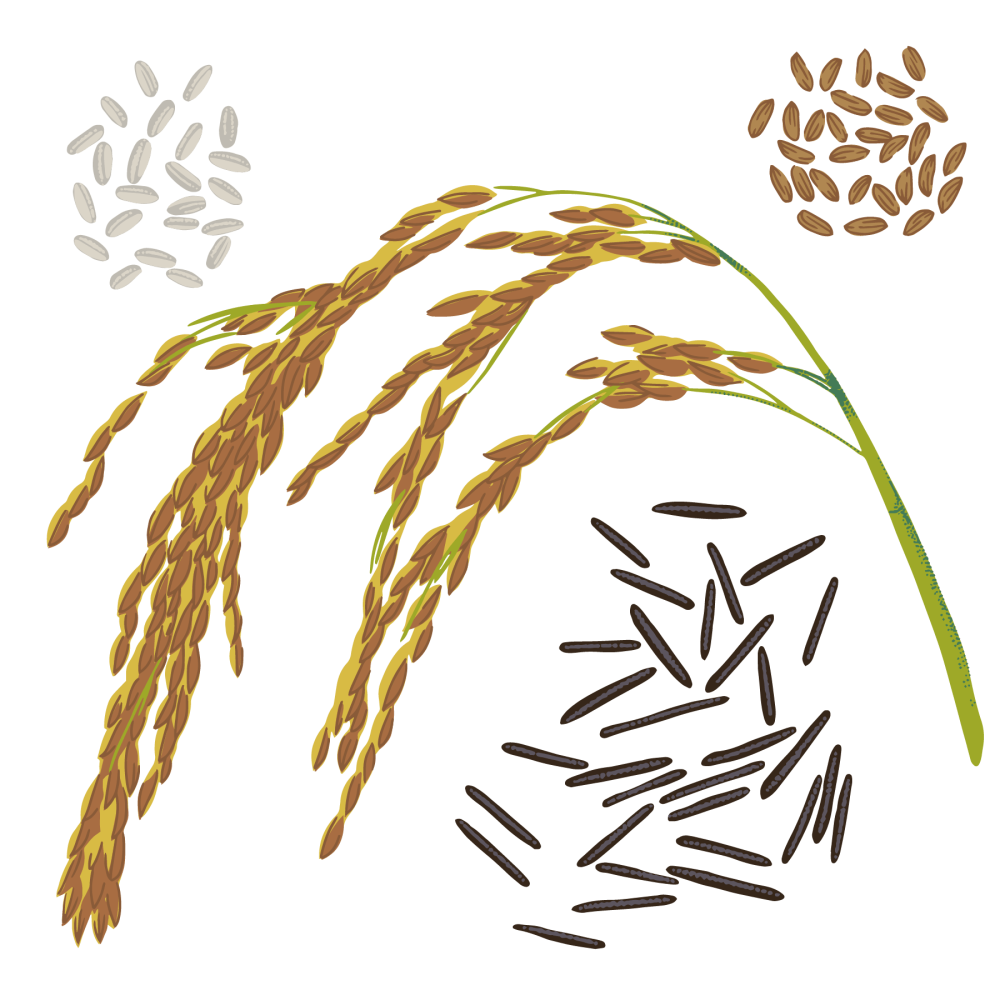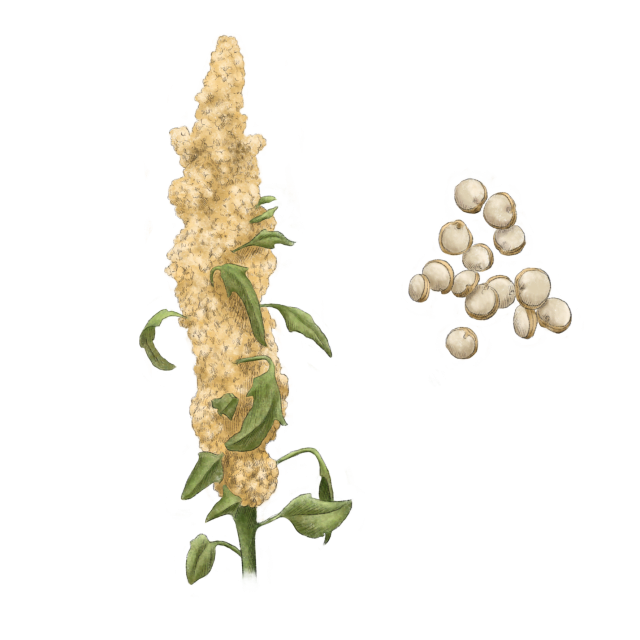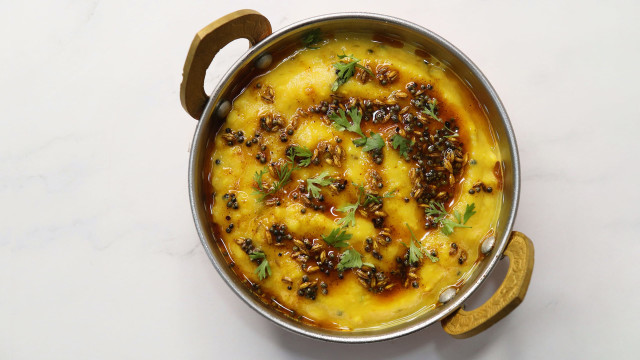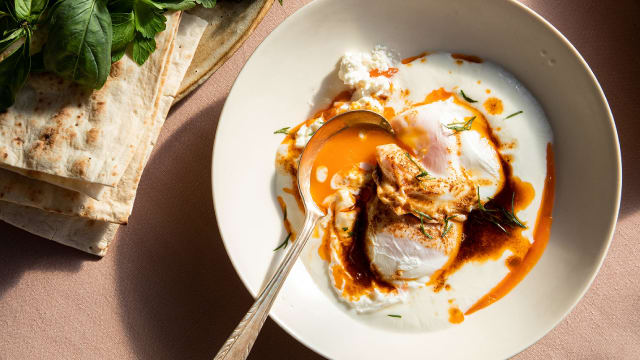Rice

Latin name: Oryza sativa, O. glaberrima
Uses: cereal grain, flour, beverages, alcohol
What is rice?
Rice is, like other staple grains, the seed of a kind of grass. To say that rice is an important crop would be the understatement of a lifetime. Like its fellow grass family members wheat and corn, rice shaped humankind as a species. But rice takes the prize for being the most widely consumed food in the world: It feeds billions of people every day. And over the 10,000 or so years we’ve been growing it, we’ve found hundreds of ways to enjoy it.
Why is rice healthy?
Rice is a global staple for a reason. Besides being an energy-dense food, it also supplies (especially in its brown, unhulled form) fiber and a diverse array of vitamins and minerals.
What does rice taste like?
Rice is not a monolith — fragrant varieties like basmati and jasmine, redolent of pandan and toast, taste very different than nutty-chewy brown or black (“forbidden”) rice, which still have their hulls intact. Sticky rice (aka sweet or “glutinous” rice, but it contains no gluten) has a chewy texture and wonderful toasty fragrance that makes it perfect for scooping up curries and pungent shredded salads (which are also often sprinkled with roasted rice powder, which has a very toasty flavor of its own).
How do I use rice?
Depending on the type of rice and the intended result, it should be cooked in between 1 and 2 times its volume of water. Some kinds, like sushi rice, are often rinsed before cooking. You could eat rice every day for years and never have the same dish twice. Even cold leftover rice from your Chinese take-out can have another life as fried rice — just add egg, your favorite veggies and protein, then season it at the end with sesame oil and soy sauce. Add kimchi to make it Korean, tons of garlic and a splash of chile vinegar to make it Filipino, or even a squirt of ketchup (this is big in Japan).
What does rice pair well with?
Rice is a pretty neutral base, so it matches well with just about every flavor on the planet. You can make savory pilafs from every corner of the world: a fenugreek- and saffron-spiced Uzbek plov studded with chestnuts and dried apricots and cooked inside a pumpkin; savory Persian jeweled rice with pistachios and tart-sweet barberries; Indian biryani with layers of flavor; curried West African jollof with enough chile to blow your face off; a smoky jambalaya from Louisiana; a creamy Italian risotto with truffles and cheese. Pilafs all start with the same principle: simmer rice in a flavorful liquid with tons of spices, vegetables, and protein until it’s fragrant and fluffy.
Rice noodles are integral to tons of East Asian and Southeast Asian dishes (chow fun, pad kee mao, and phở being some top choices). They don’t need much cooking. Dried noodles just need a brief soak in warm water before stir-frying and fresh rice noodles can go right into a hot pan with some egg, peanuts, bean sprouts, and chile to form the basis of tons of dishes. You can use whole rice noodle sheets to make bánh cuốn — ground pork is traditionally added in Vietnam but it’s a great vehicle for sliced wood ear mushrooms, fresh herbs, and fried shallots. Similarly, rice papers are thin and transparent enough that you can use the fillings to turn spring rolls into works of art — try adding julienned Asian pear and sauteed mushrooms along with carrots, cucumber, tofu, and fresh mint.
Rice porridges and puddings are globally loved for a reason. Congee and jook are easily digestible, making them ideal choices for breakfast. Feel free to embellish as you like with minced pickles and scallions, a soft-boiled egg, and crispy-savory stuff like fried shallots. Simmer sticky rice in sweetened coconut milk with pandan leaf or vanilla and serve with diced fresh fruits and a sprinkle of chia or black sesame seeds to enjoy as a light dessert or breakfast. Rice forms the basis for a number of sweet drinks around the world, from horchata to amazake, and is also famously fermented into many types of alcohol, including sake and soju.
Where does rice grow?
Rice is a wetland plant and needs periodic soil inundation and draining to thrive. Wild rice still grows in seasonal wetlands and marshes, but the cultivated crop is mostly grown in terraces and irrigated paddies (though deep water and dryland varieties have also been bred) with floodgates to drain the soil during the middle of the growing season. Most of the world’s rice is still grown in China, India, and Southeast Asia; in the US, it’s mostly grown in Arkansas and California.
How to buy rice:
As with any grain, it should be dry and free from any mold.
Fun rice fact:
The Great Wall of China is partly held together with rice! By combining a slurry of cooked sticky rice with slaked lime, the builders created a mortar that was nearly as strong and durable as cement.







